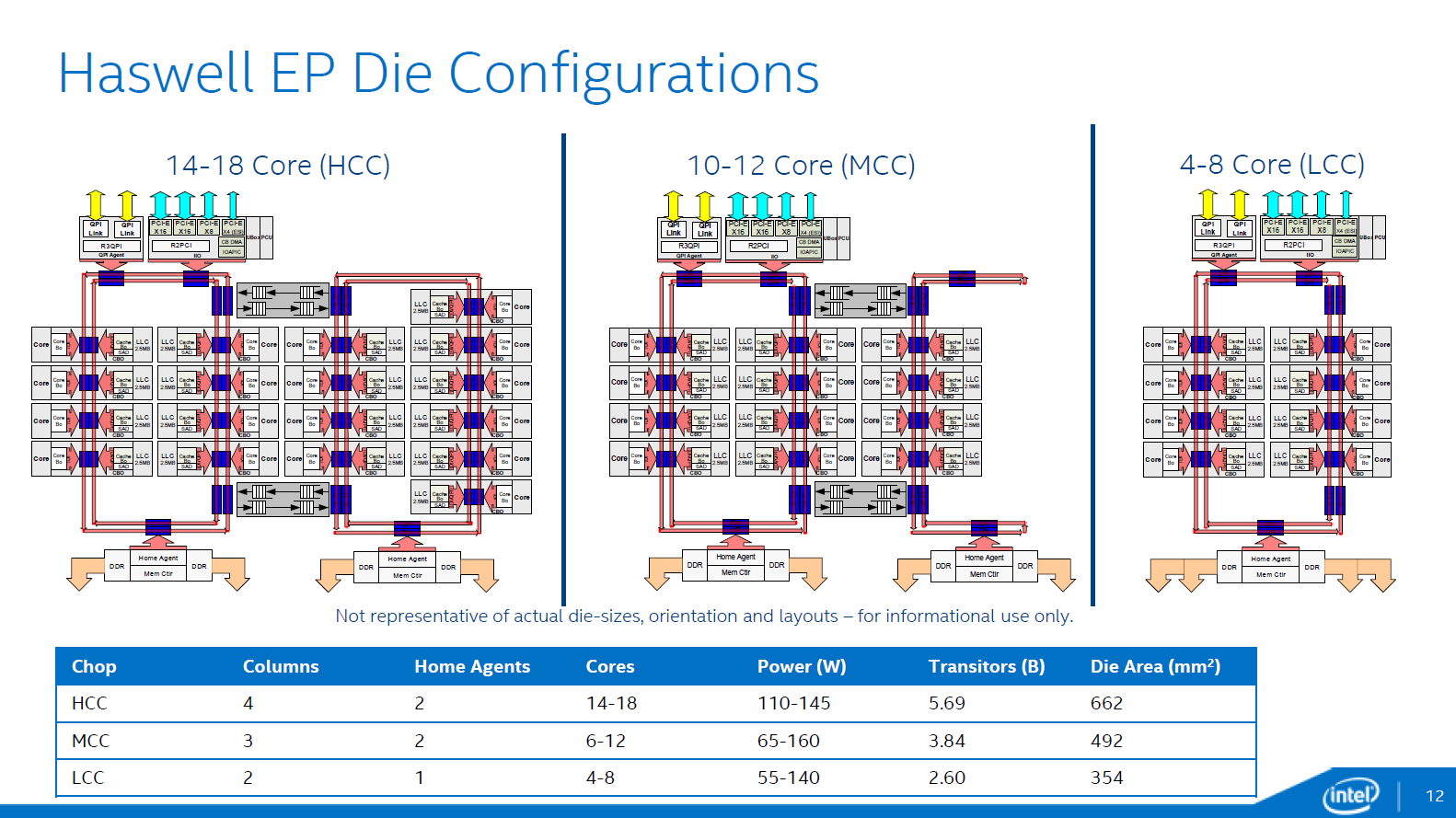Let me ask these questions.You're misunderstanding me. AMD's discomfort with the naming conventions isn't because they have the ability to swap blocks in and out of chips, but because around the same basic compute unit version they might have different IP blocks and so "GCN1.2" chips might not be homogeneous in their feature set. The example given is that while Tonga and Fiji are both GCN1.2 (or GCN3), one has HVEC while the other doesn't. It's the extending of the CU version to cover the whole chip that is the problem. While AMD definitely does have the ability to match GCN1, 2 , etc CUs with different other blocks, the next sentence saying they don't have to redesign to whole GPU to modify part of it is a pretty big simplification.
Yes, they're separate IP. You could mix and match GCN CU's from different versions, different other features, say leave off a XDMA from a low end part, etc while building a new chip. That doesn't necessarily mean that you can do something like grab the new MC and L2 from Polaris, quickly toss it on a respin of Hawaii, and sell that into the midrange market. Maybe you could back port it, or say update Hawaii with HVEC and HDMI2.0, but that doesn't mean it'd be a quick job.
If they are designing a new GPU, do you think they can place these different IP blocks on separate die if you can connect these separate die through the interposer just as easily as through the traditional on die connections?
Will it be more difficult to do it this way [multi-die] if the connecting pathways are available and comparable for both options?





